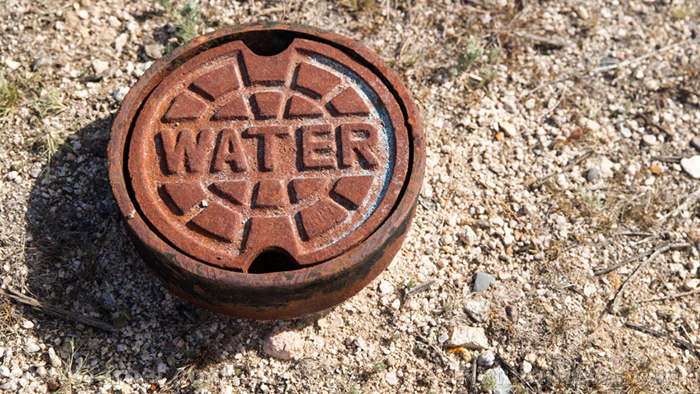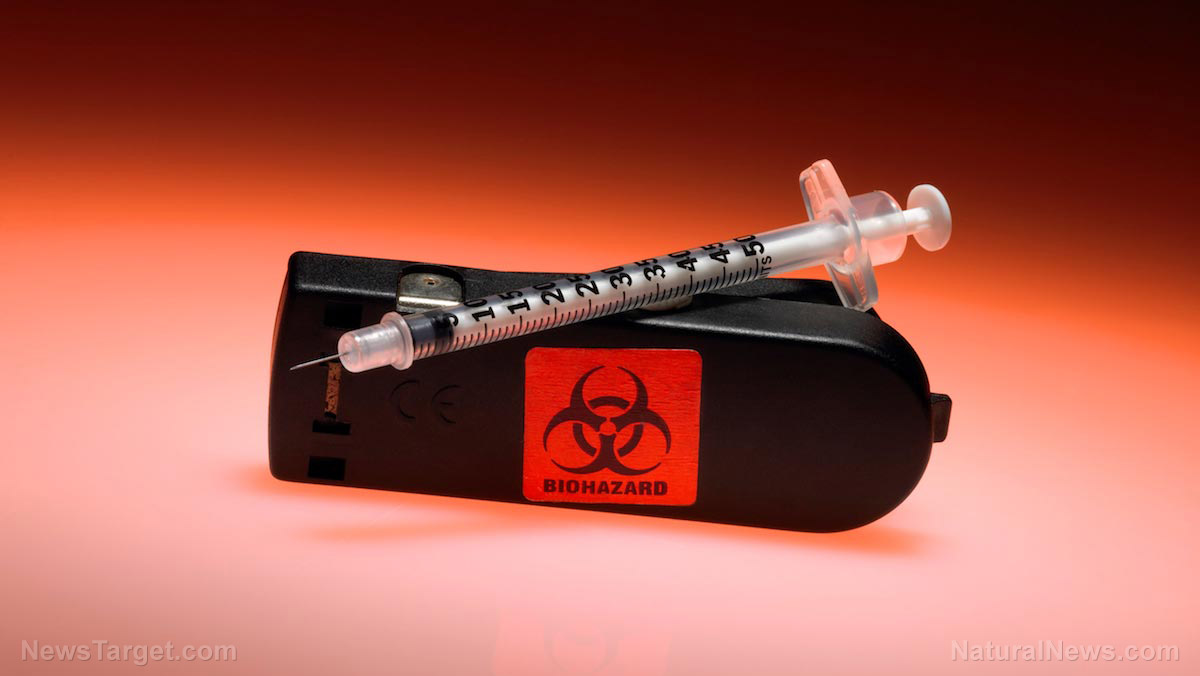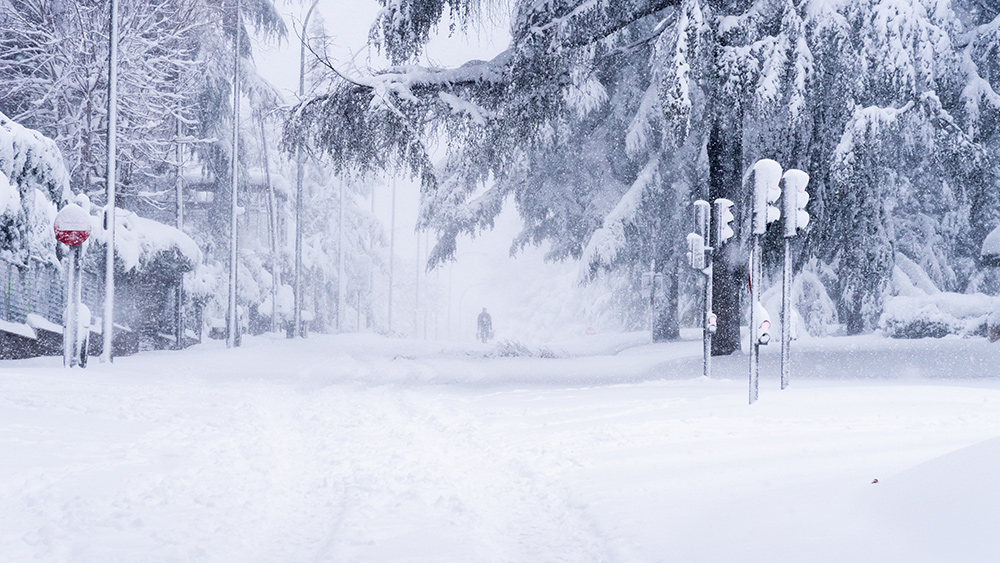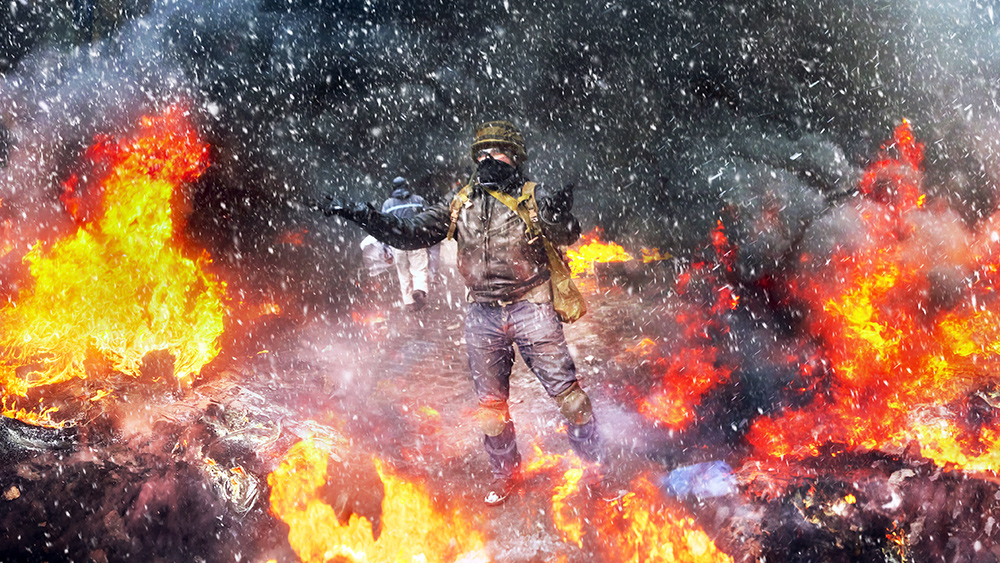
California most affected by drought, millions could experience water shortages soon
Among the states with the worst water shortage situation is California. A new report has found that nearly 20 percent of water agencies in the state will likely experience shortages in the coming months if the drought continues. (Related: Los Angeles desperately trying to meet water demand as drought continues to threaten future supplies.) "We are living in unprecedented conditions," said Alvar Escrito-Bou, a senior fellow at the Public Policy Institute of California's Water Policy Center, who noted that the last three years have been the driest in California's history. "We haven't seen this before. It's normal that after three years of drought – especially if we don't get rain this fall or winter – we could face big challenges on the supply side." According to the California Department of Water Resources, nearly 82 percent of water suppliers in the state did not project supply shortages in 2023. But nearly 18 percent projected water shortages without immediate mitigation actions. Most of these suppliers are located in the San Francisco Bay Area region and the South Coast region, which includes much of Los Angeles, Ventura, Orange and San Diego counties. "It all depends on how conditions develop," said Demetri Polyzos, a resource planning team manager with the Metropolitan Water District of Southern California. "If conditions stay dry as they have been, then we again are in a situation where, for pockets of our service area, we will not have adequate supplies." The water district's recent water conservation efforts are reportedly working, but more needs to be done to continue preventing water shortages. "We could see conditions worsening especially if we don't get enough rain this fall or winter," said Escrito-Bou. "So, next year, especially those who rely on one supply or one reservoir or one single supply can be more vulnerable than places that have a portfolio of options." Learn more about America's water supply situation at CleanWater.news. Watch this episode of "Liberty and Finance" as host Dunagun Kaiser speaks with investment guru Rick Rule regarding America's critical water shortage situation. This video is from the Liberty and Finance channel on Brighteon.com.More related stories:
Southwestern wells running dry due to drought; foreign-owned farms using U.S. water to feed cattle for export. Nearly a third of Sierra Nevada's conifer forests destroyed by drought, wildfires. Water levels rapidly declining in the Mississippi River, threatening corn and soybean exports during this crucial harvest season. Mississippi River drought wreaks havoc across America's supply chains. US water infrastructure is COLLAPSING: Toxic arsenic levels detected in NYC tap water, E. coli in Baltimore water supply. Sources include: Brighteon.com ABC7.comBuying too many guns, ammo could result in your bank shutting down your accounts
By Ethan Huff // Share
At least 2 dead, 12 injured as 6.4 magnitude earthquake hits Northern California
By Belle Carter // Share
Amazon becomes first company ever to lose $1 trillion in market value
By Arsenio Toledo // Share
An invisible assault: How everyday heavy metals sabotage brain health
By willowt // Share
Pentagon warns of China's rapidly expanding nuclear arsenal
By kevinhughes // Share
FCC grounds new Chinese drones in sweeping security move
By avagrace // Share
The methylation switch: Scientists identify diet that can turn back the cellular clock
By jacobthomas // Share
Renaissance or Ruin: A wake-up call for cultural revival and self-sufficiency
By kevinhughes // Share
Weight loss in midlife may trigger brain inflammation, study finds
By avagrace // Share











